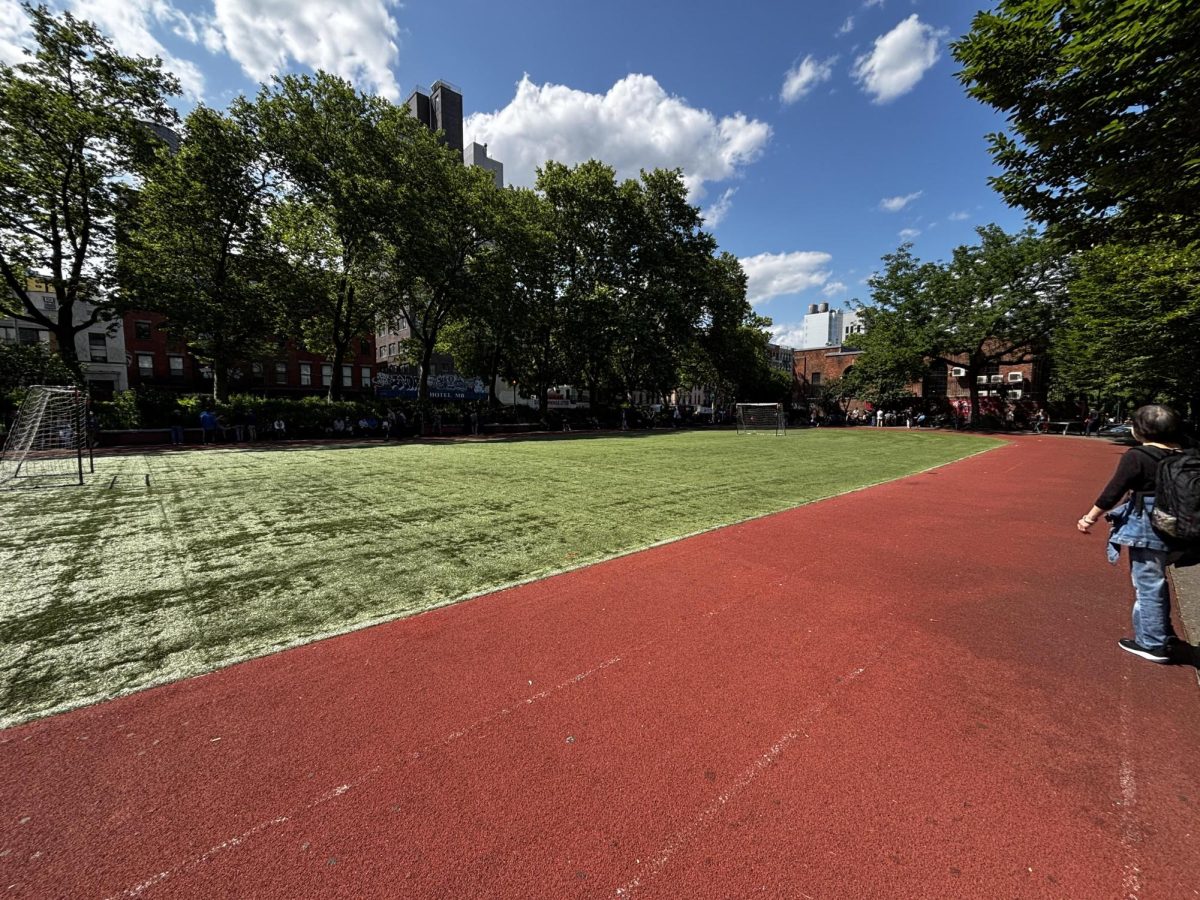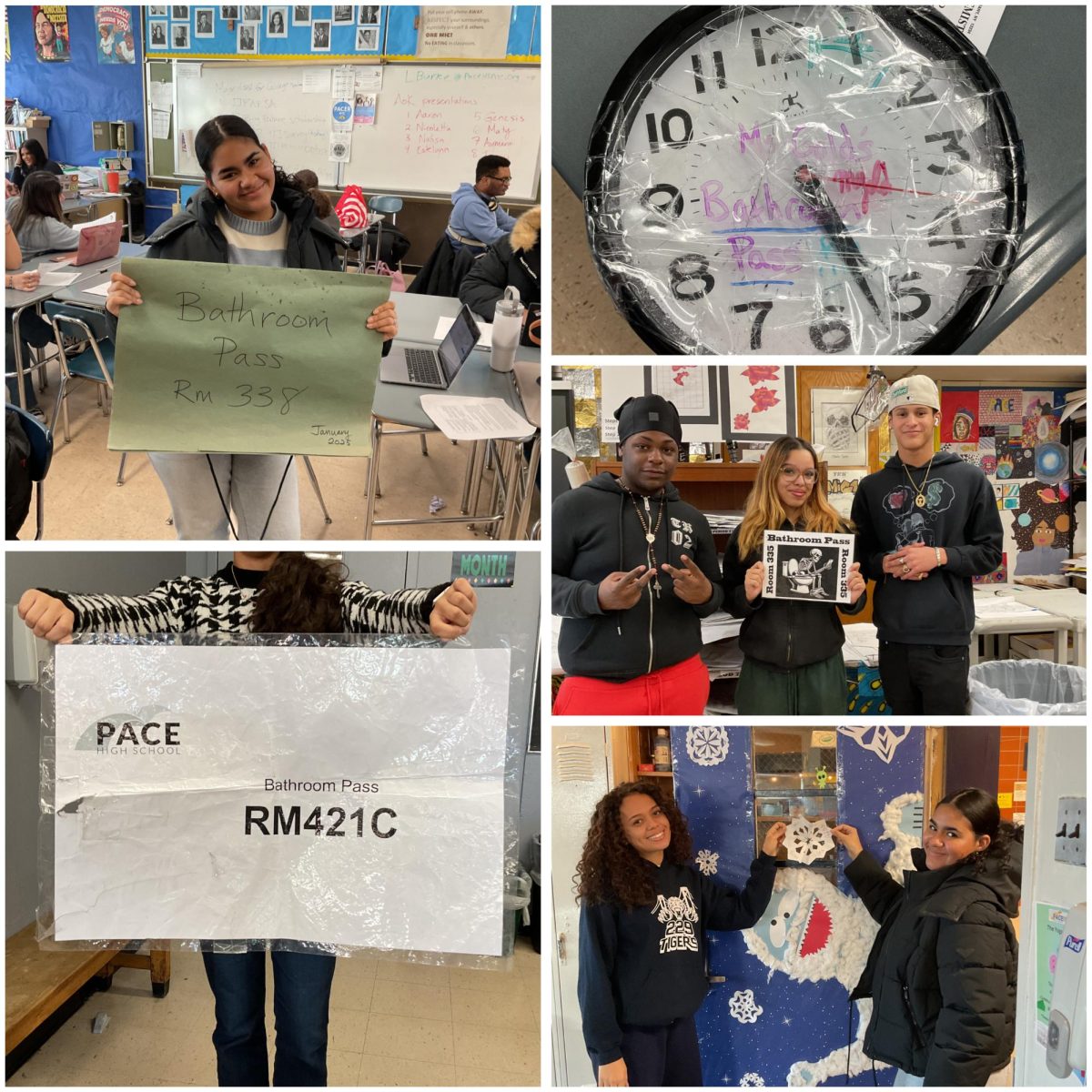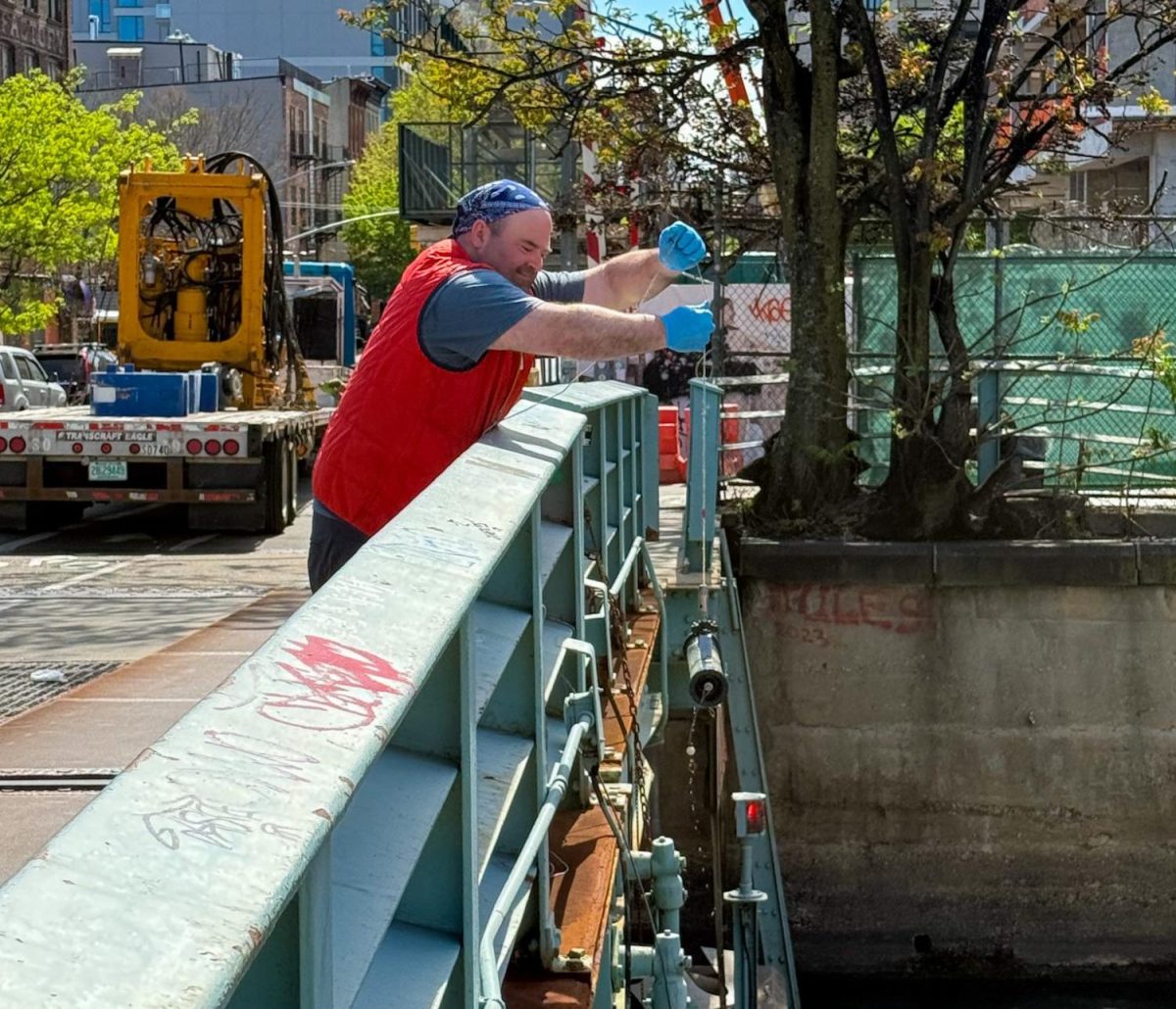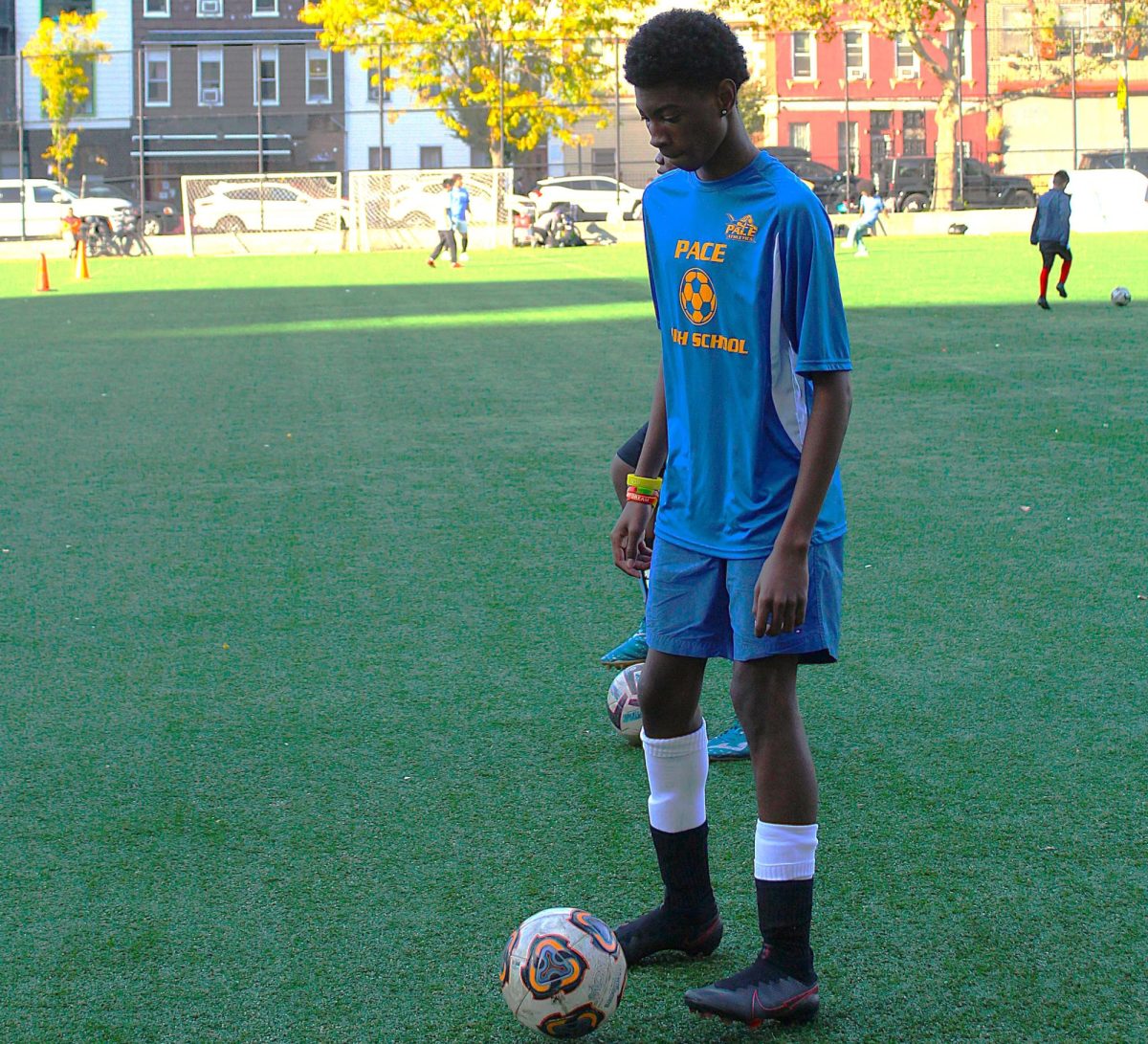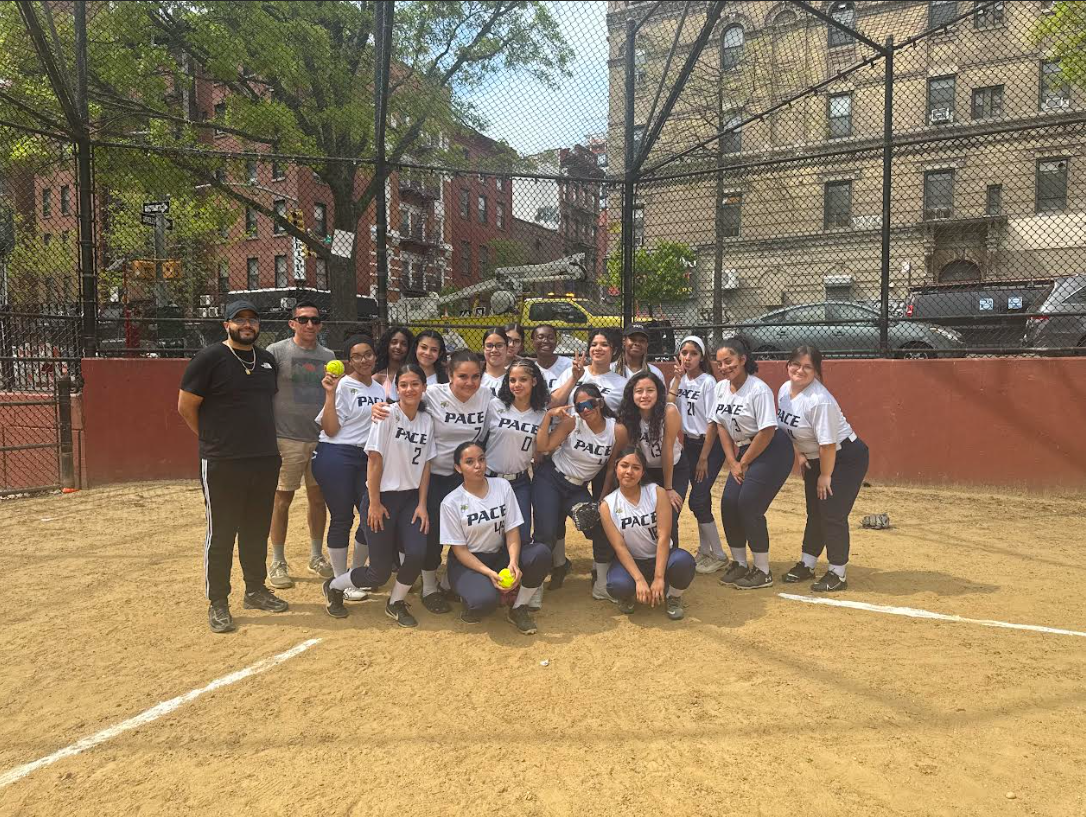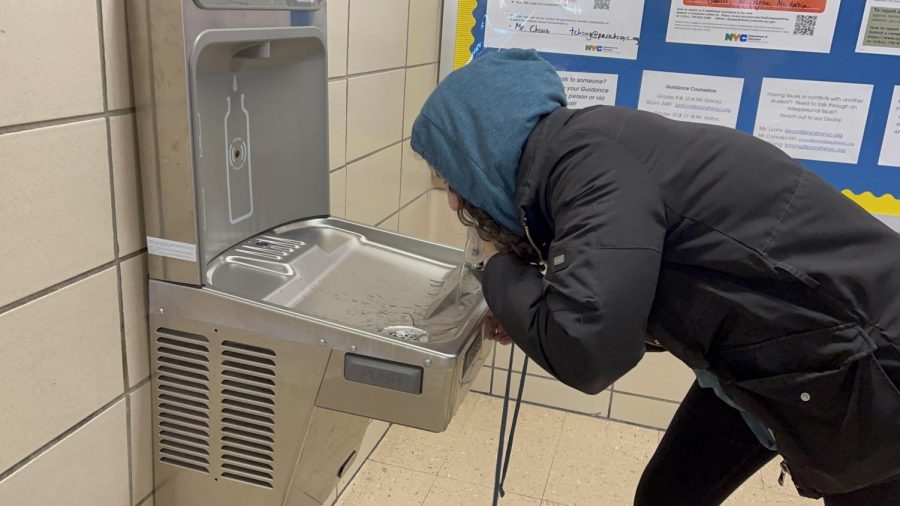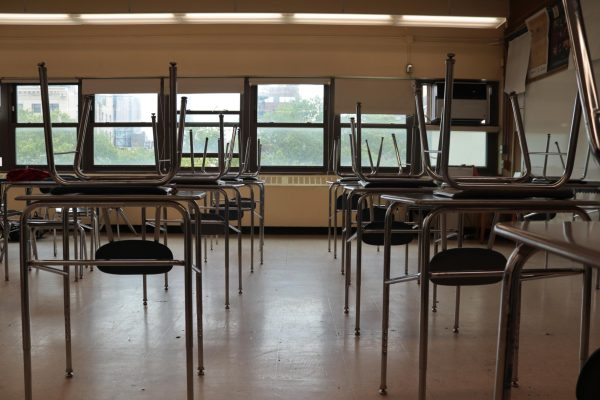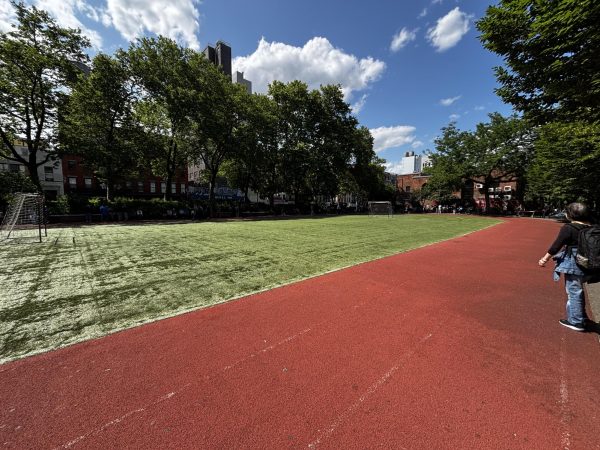Pace’s Lead in Water Problem
photo Josselin Carmona
Eliana Ferreira drinks from the 3rd floor water fountain–one of the safest sources of water in the building.
In May of 2021 the Department of Education School Operations identified high levels of lead in water from six faucets in the building. Those tests showed that room 324A, a classroom used by MS131, had the highest levels of lead. Ms Ellovich’s room 348D was second highest with 16.2 ppb (parts per billion) of lead. Anything below 15 ppb is considered acceptable.
The DOE claimed in a September 14 document to have fixed the lead problems, though there is no specific evidence that explains what they did to fix the problems.
According to the building custodians, no pipes or faucets contain lead. The problem is the pipes outside of the school that lead into the building. When the DOE School Operations workers come to fix the lead problems they work on these pipes outside of the building. The custodians also flush the water in the building’s pipes every Monday morning.
The May 2021 report was not the first report of higher levels of lead in the school water. Lead was found in 2017 in multiple faucets.
Parents, students and staff members are concerned about drinkable water. It’s safe to say that we don’t have to drink water from the water fountains in classrooms, but only the one that was recently put on the third floor. The city should try to clean the pipes and remove old faucets.
Neil Cyphert, chemistry and environmental science teacher, says the only drinkable water in the building that is “safe” is the water fountain on the third floor. Even then he questions whether it is safe.
The law banning lead pipes in New York City went into effect in 1987. This building was built in 1983. This could mean the pipes under the streets are old and can still contain lead, possibly causing school water supply to be contaminated. It’s a risk no one is sure about. There is a doubt whether the school is free from contamination or not.
Your donation will support the student journalists of Pace High School. Your contribution will allow us to purchase equipment and cover our annual website hosting costs.





